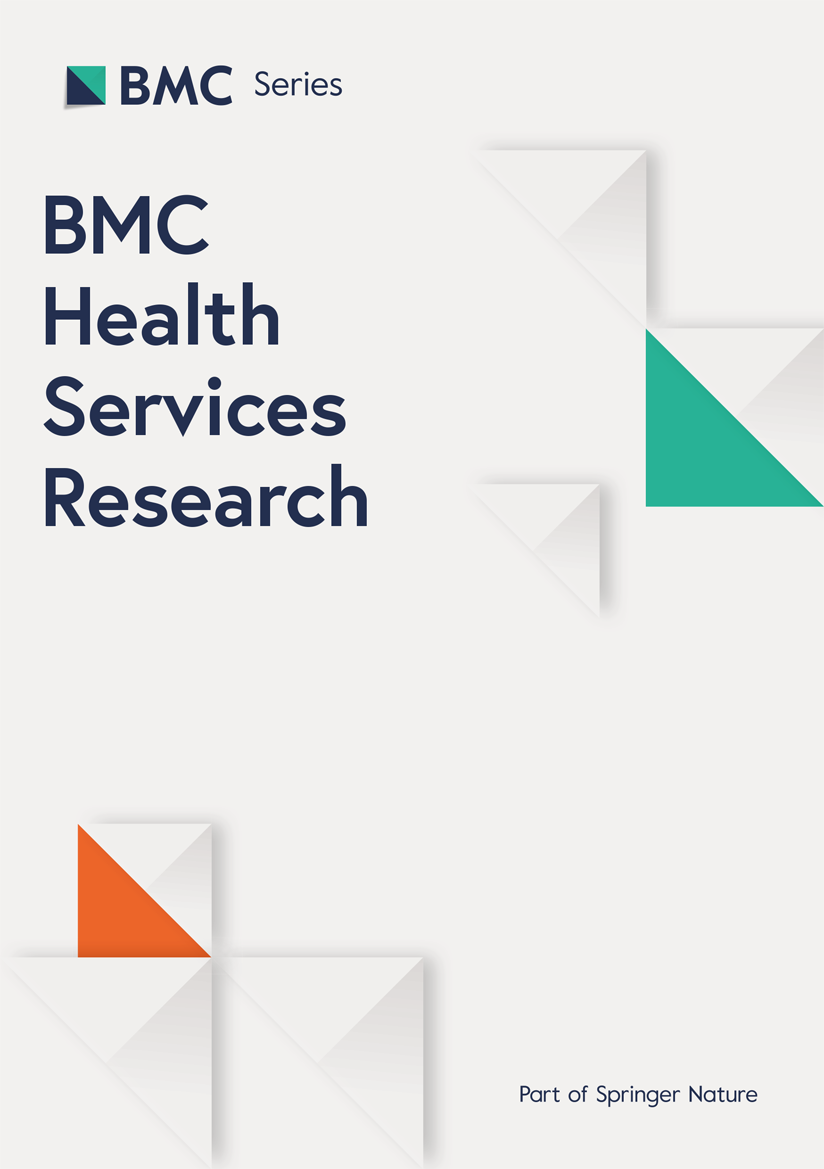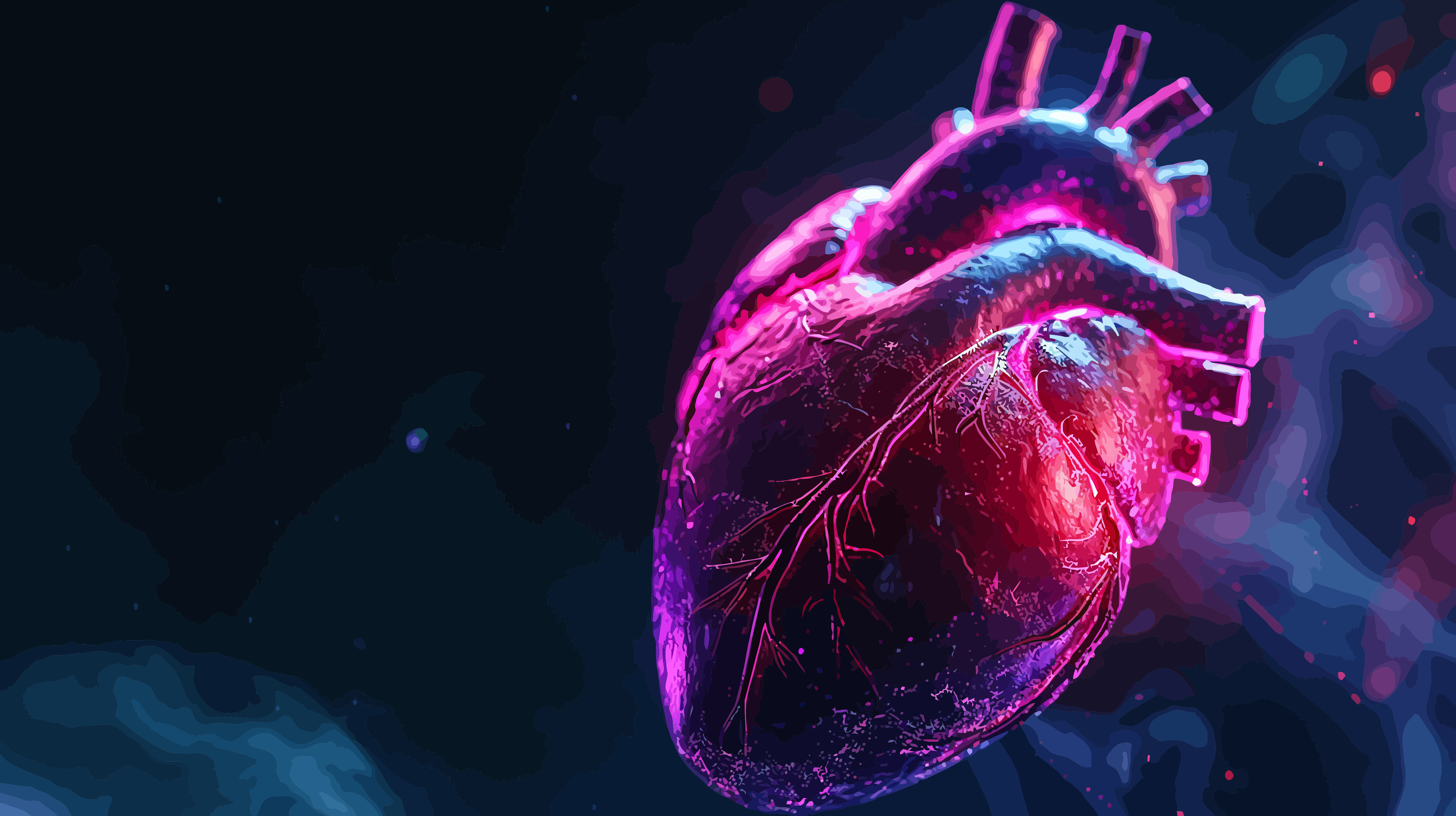Mayo Clinic Pushing to Become AI Health-Care Leader

(TNS) — Dr. Nathan Young leaned in for a closer look at a screen of colorful brain scans — one from a current patient, and the rest picked from a vast repository of similar past cases by a Mayo Clinic artificial intelligence tool.
“So, tell me more about what you’re seeing?” Young asked his colleague, Dr. David Jones, director of Mayo’s neurology AI program. The two doctors compared the new patient’s brain scan to the clusters of green, yellow and orange that, in past patients, indicated disorders like dementia.
Such side-by-side comparisons have long helped doctors identify neurological disorders, but this novel AI tool, called StateViewer, makes the process twice as fast and could triple its accuracy, Mayo officials have said.
In its first century and a half, Mayo Clinic credited its ascent to innovations like new patient care models, research and an array of new technologies including standardized patient recordkeeping. Today, its continued dominance may hinge on how well it masters the AI revolution.
Hospitals and researchers around the globe are racing to use AI tools in a technological gold rush poised to redefine medicine. From improving how mountains of digital files are organized to expediting diagnoses, Mayo has set out to drive that push.
The Rochester-based hospital has developed nearly 100 algorithms, with hundreds more on the way, that may read electrocardiograms better than a human and make a patient’s biopsy more impactful than ever before. And to power tools like those, Mayo recently launched health care’s first supercomputing cluster using Nvidia’s newest AI tech.
It hired a Biden administration official to lead the effort and is spending undisclosed but evidently large amounts of money.
“We have always prided ourselves on being the No. 1 organization,” chief AI implementation officer Micky Tripathi said in an interview. “That’s what we want to be.”
Experts agree that, for now, the hospital is leading the heath care AI race. Babson College professor Thomas Davenport, who studies business technology and has written about AI, said “the number of initiatives that they have underway is probably broader than any other health care institution I’m familiar with.”
The rush to AI is raising urgent questions — about how to protect patient privacy, prevent medical errors, ensure algorithms don’t introduce bias and keep doctors in control.
Tripathi, who helped craft the United States’ first health care AI regulation, is just a few months into the job. Now, he must navigate those questions, as well as the very rules he instituted.
“There are always fears that we all ought to have, with respect to the unintended consequences of technology that isn’t appropriately managed,” Tripathi said in his first interview since stepping into the role. “But we’re spending a lot of time on doing that,” he added.
Dr. Matthew Callstrom, the medical director of Mayo’s strategy department and leader of the generative AI program, recently flipped through patient files dating back to the early 1900s. One record from 1906 — No. 16,631 — noted a gallbladder issue.
Now, millions of similar patient records fuel Mayo’s AI.
Mayo created the first patient-centered health record in the early 1900s, standardizing everything from how doctors wrote notes to the type of paper and ink they used. In 2018, it fully adopted Epic’s MyChart software, unifying health records under a single digital system.
Just a year later, it launched the Mayo Clinic Platform, which a handful of health systems use to share anonymized data from more than 50 million patients to assist research. Because of this, Tripathi said, “We have a tremendous amount of data.”
With so much data to sift through, Mayo built a tool called RecordTime using generative AI. The program extracts text from PDFs and handwritten notes and then processes the language to help physicians with a patient’s external medical records, Tripathi said.
He believes this generative AI tech has likely saved lives in Mayo’s community hospitals by uncovering critical details, such as allergies, buried deep within patient records.
“[Patients] have medical records from all over the world, literally, and we need to be able to — at scale — have a solution that says, ‘How do I actually make sense of those?’” Tripathi said.
The clinic also uses generative AI to transcribe doctor-patient conversations, detect falls in hospital rooms, and more.
The vast troves of data come with challenges, as regulators and companies navigate privacy concerns.
Tripathi said the hospital doesn’t constrain the development of the technologies but rather sets guardrails as new concepts near the finish line. All algorithms developed by Mayo undergo thorough vetting for security and privacy concerns before deployment. “There are different types of privacy and risk perspectives for each of these technologies,” he said.
Tripathi is focused on guiding the hospital’s “really cool rocket science” through implementation, he said. That final step is often the hardest part. “If you’re not getting it in the hands of the clinicians who are working directly with patients, it doesn’t matter,” he said.
Diagnosing a weak heart long required an echocardiogram, which probes the heart’s structure using sound waves, but wait times can last months.
Devices like the Apple Watch can perform simple versions of a more common scan called an electrocardiogram (ECG), which instead records cardiac electrical signals.
So the clinic built a neural network, which is an AI framework modeled after the human brain. It can simplify data sets of more than 7 million ECGs to detect a weak heart when reading a new patient’s data.
“When it’s all done, you feed in an ECG from someone it’s never seen before and say, ‘Weak heart pump: yes or no?’” said Dr. Paul Friedman, Mayo cardiovascular medicine chair. “And it turns out it’s insanely powerful.”
In traditional analysis, cardiologists interpret specific peaks and valleys in the ECG signal. The AI model examines the entire waveform, including parts humans haven’t even yet named. As such, Friedman said, the technology may be seeing things clinicians simply can’t, giving them a “superpower.”
Mayo developed the AI tool, which patients experience through a digital stethoscope, several years ago. Now it’s spreading beyond the health system as the technology received Food and Drug Administration clearance for commercial use.
In pathology — the study of disease — the clinic has digitized three-dimensional snapshots of over 12 million glass slides, creating a massive cache of anonymized data.
The more slides an AI model can train on, the more nuanced patterns of disease progression it can learn to recognize, said Matt Redlon, vice president of digital biology at Mayo Clinic Digital Pathology.
In neurology, Mayo doctors are using the brain-pattern-detecting AI tool StateViewer daily to interpret those colorful brain images.
Jones, the neurologist, said he used to compare positron emission tomography (PET) scans manually, case by case, image by image.
It’s still a useful tool, but “this is the past,” Jones said as he gestured to PET scans posted on the wall.
It took Jones and the members of his neurology AI program six years to bring StateViewer from concept to clinical use.
It analyzes PET scans that track how the brain uses glucose, comparing each scan to a database of thousands of cases, allowing it to differentiate among various conditions.
When a new patient’s scan is added, the software pulls up the 20 most similar cases for comparison, helping doctors more confidently assess unusual patterns. That’s an important clarification for Jones, who said the AI does not diagnose patients; it only helps doctors make informed decisions.
“No one single piece of information provides you enough information to make a diagnosis. Ever,” Jones said. “It’s never going to be the case. AI will never be able to do that. Anyone who says they can, it’s just not true.”
Now it is being used across the health system to help clinicians detect signs of neurodegeneration, often with greater speed and accuracy than traditional methods, Mayo said. The tool helped researchers identify patients’ type of dementia in 88% of cases, according to research published last month.
Callstrom said he doesn’t foresee AI eliminating jobs at Mayo, though it could eventually reduce “the rate of growth of staff in some of these areas by making them more efficient.”
In neurology, with only around 500 behavioral neurologists and millions of people with dementia in the U.S., Jones said there aren’t enough doctors. “We need to have tools like this, which can scale expertise,” he said.
Dr. Rebecca Thomas, chair of Minnesota Medical Association’s task force on AI in health care, said some doctors are skeptical there’s enough transparency about AI use in the industry.
“We need to make sure that our physicians are well informed regarding the algorithm that AI developers are utilizing,” she said.
At first, Dr. Peter Noseworthy, a cardiac electrophysiologist, said putting AI into practice “felt like a magic trick, sort of a gimmick or something.”
Now he said staff is “starting to rely more on generative AI solutions to decompress us from the administrative work.”
“As long as we don’t think of them as diagnostic tests, but risk prediction tools, risk stratification tools, and as long as we communicate it like that and understand it like that, then I think physicians should be comfortable,” Noseworthy added.
© 2025 The Minnesota Star Tribune. Distributed by Tribune Content Agency, LLC.
link





